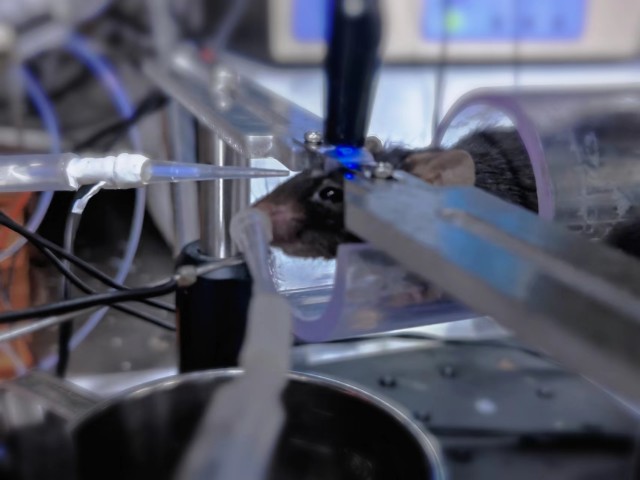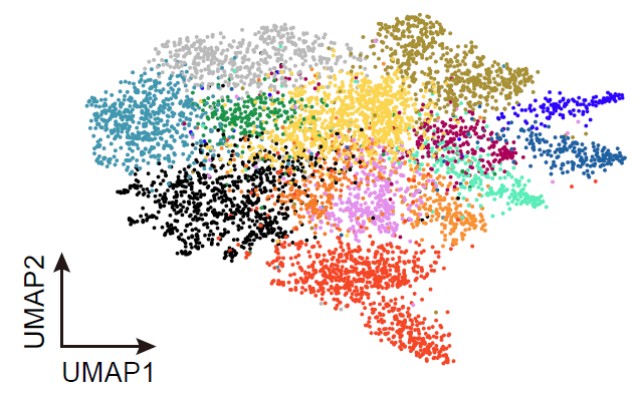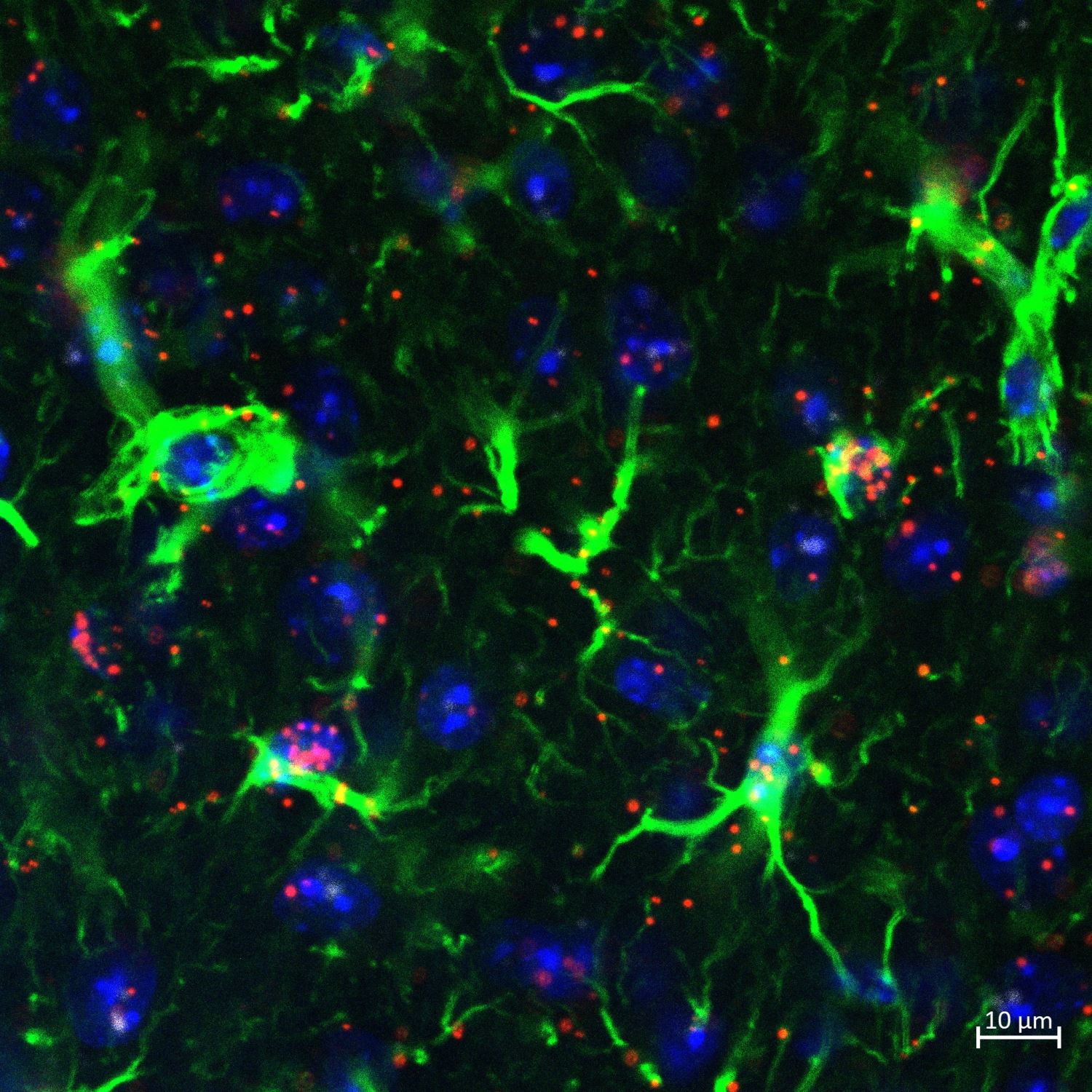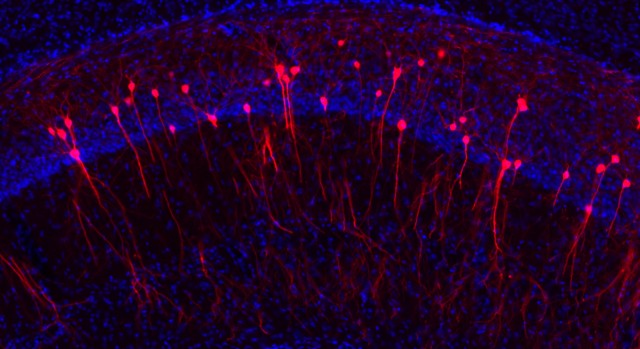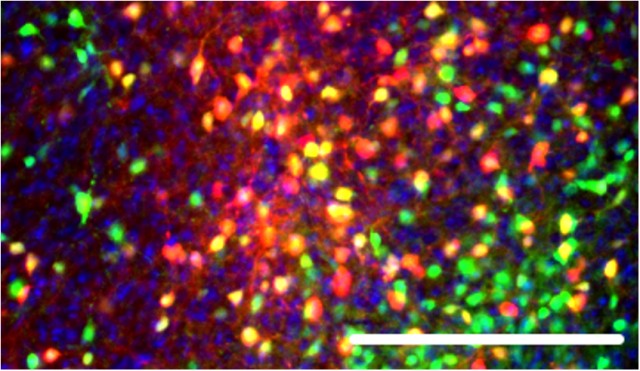Drug addiction is a major global problem characterized by compulsive drug seeking and use despite harmful consequences. Both the rewarding effect of a drug and the desire to avoid severe withdrawal symptoms motivate drug-seeking behavior. However, the relative contribution of drug reward and drug withdrawal to drug-seeking behavior is still under debate. Recently we have identified a glutaminergic projection from the paraventricular nucleus of thalamus (PVT) to the nucleus accumbens (NAc) that contribute to opiate withdrawal. Unlike other glutaminergic inputs to the NAc, optogenetic activation of the PVT-NAc pathway evoked avoidance behavior rather than reward seeking. Silencing of the PVT-to-NAc pathway dramatically reduced opiate withdrawal symptoms. The identification of PVT circuitry in mediating opioid withdrawal provides a unique opportunity to examine the contribution of drug withdrawal to drug-seeking behavior. We will employ drug self-administration animal model, combine with cutting-edge neural technology to delineate contribution of PVT circuitry in the acquisition, retrieval, maintenance and reinstatement of drug-seeking behavior.

